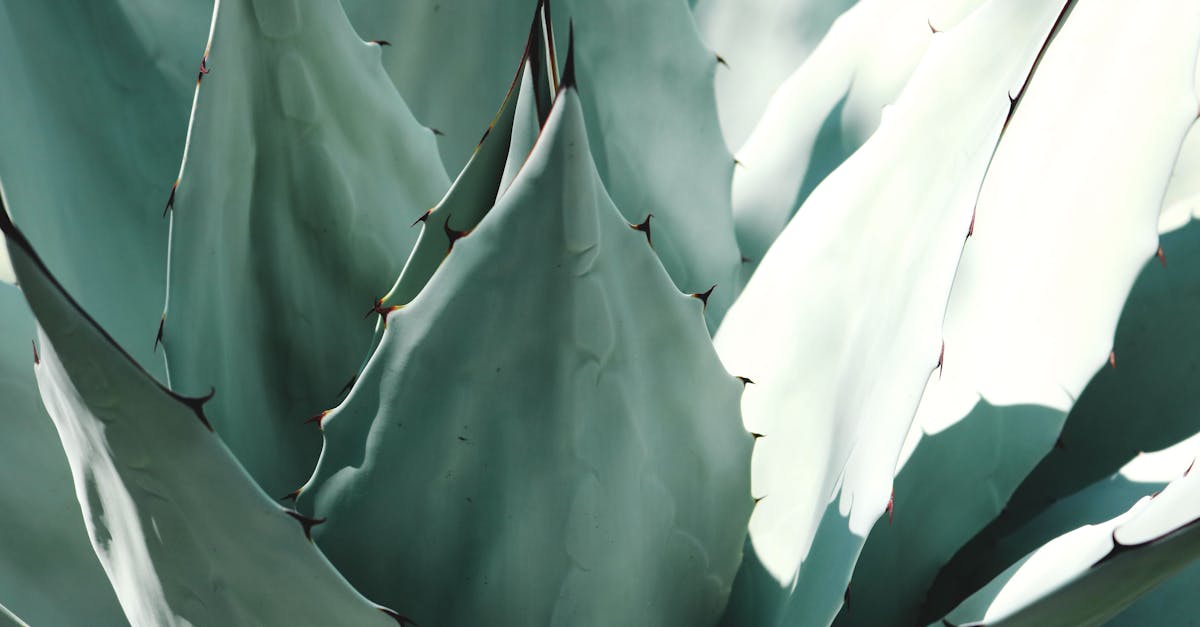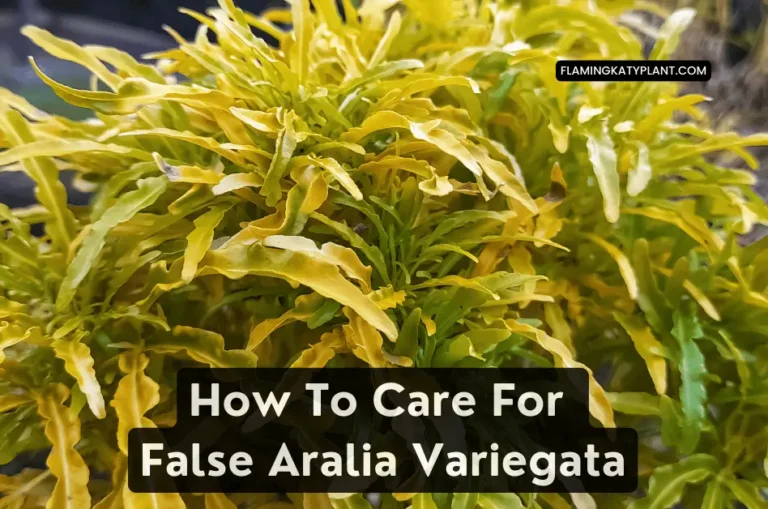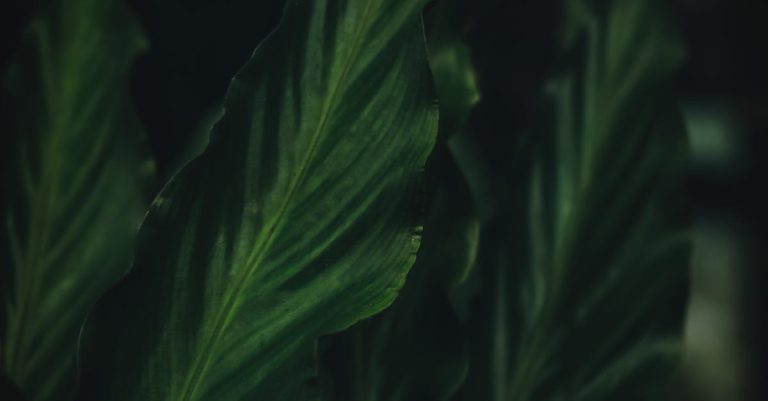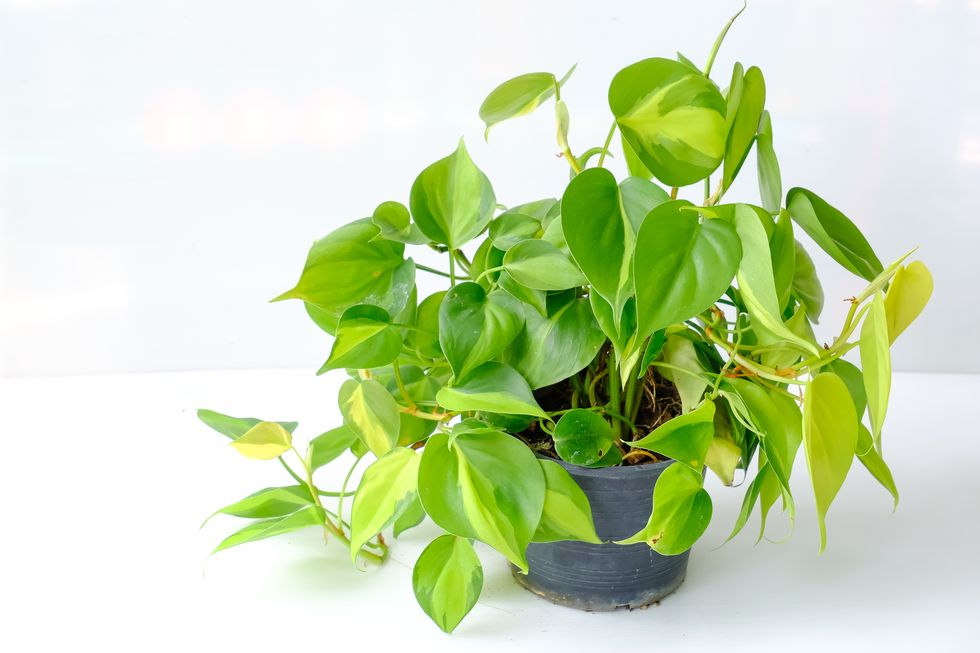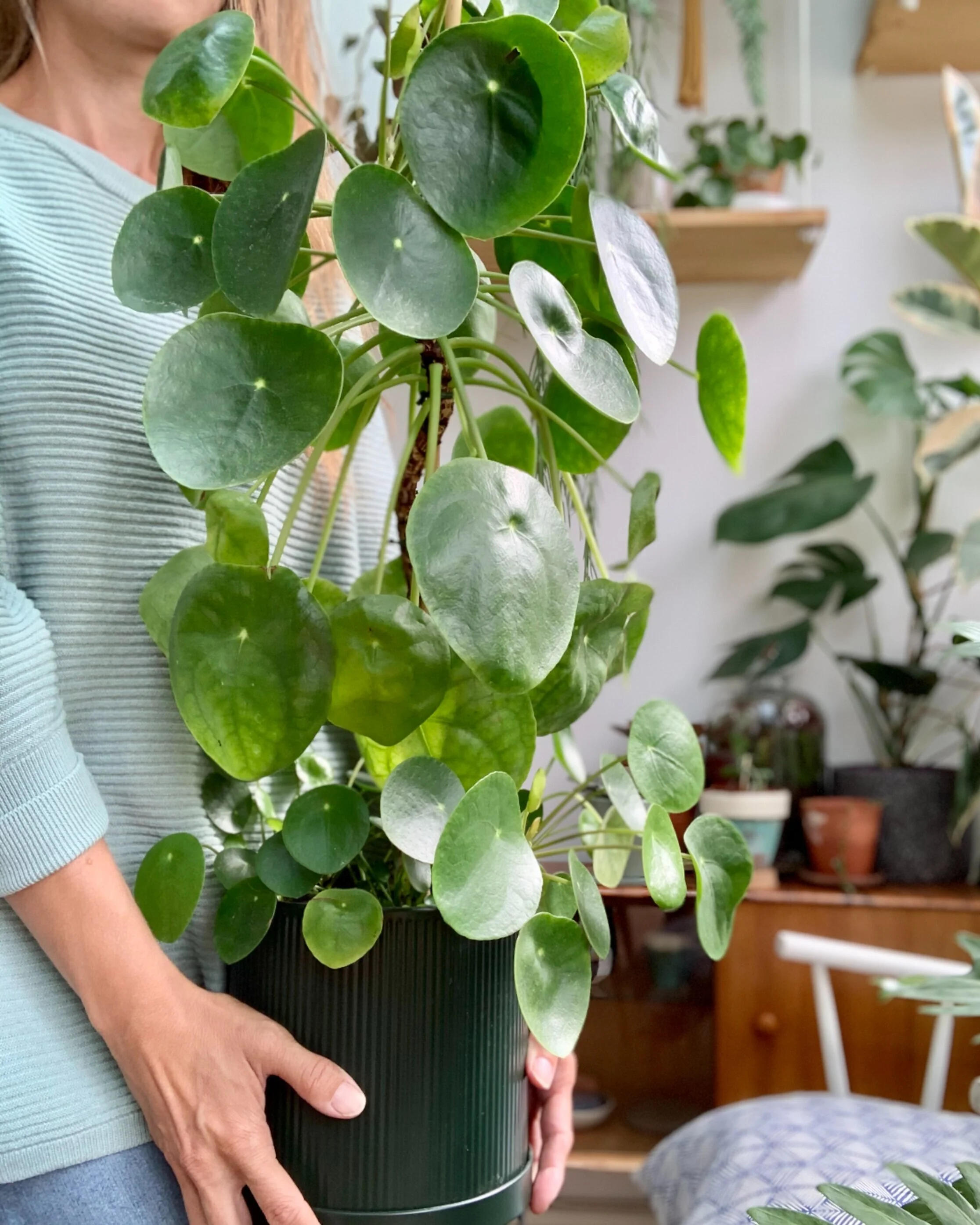How To Care For Aloe Vera (Aloe barbadensis)
Aloe vera, also known as Aloe barbadensis, is a popular succulent plant that has been used for centuries for its medicinal and cosmetic properties. This versatile plant is native to the Arabian Peninsula but is now grown all over the world due to its numerous benefits.
Aloe vera is known for its soothing and healing properties, making it a staple in many households for treating sunburns, cuts, and other skin irritations. In addition to its medicinal uses, aloe vera is also commonly used in skincare products for its moisturizing and anti-inflammatory effects.
To care for aloe vera plants, it is important to place them in a sunny location with well-draining soil. Overwatering can cause the plant’s roots to rot, so it is important to let the soil dry out between waterings. Aloe vera plants also benefit from occasional fertilization to promote healthy growth.
One interesting fact about aloe vera is that it is rich in vitamins and minerals that are beneficial for overall health. For example, aloe vera contains vitamins A, C, and E, as well as antioxidants that help protect the skin from damage.
In addition to its use in skincare, aloe vera has also been studied for its potential benefits in treating digestive issues and lowering blood sugar levels. This plant truly is a versatile and valuable addition to any home or garden.

How can you properly care for Aloe Vera (Aloe barbadensis) to ensure its health and growth?
When it comes to caring for Aloe Vera plants, it is important to provide them with the right amount of sunlight, water, and well-draining soil. Aloe Vera plants thrive in bright, indirect sunlight and should be watered sparingly, allowing the soil to dry out between waterings. Additionally, it is important to repot your Aloe Vera plant every 2-3 years to ensure proper growth and health. To learn more about caring for Aloe Vera plants, continue reading our comprehensive guide below.

Light and Water Requirements
Soil and Potting
Temperature and Humidity
Fertilization
Propagation
Common Pests and Problems
Harvesting and Usage
Fun Fact:
In 2020, over 142,000 tons of Aloe Vera were produced worldwide.
1. How often should I water my aloe vera plant?
You should water your aloe vera plant deeply but infrequently. It’s best to let the soil dry out completely between waterings, typically every 3-4 weeks.
2. Should I fertilize my aloe vera plant?
It’s not necessary to fertilize your aloe vera plant, but you can use a diluted, balanced houseplant fertilizer once a year during the spring growing season if you wish.
3. Can I repot my aloe vera plant?
Yes, you can repot your aloe vera plant if it has outgrown its current pot. Use a well-draining soil mix and choose a slightly larger pot with drainage holes to prevent overwatering.
4. How much sunlight does my aloe vera plant need?
Aloe vera plants thrive in bright, indirect sunlight. Place your plant near a window where it can receive plenty of light throughout the day, but avoid direct sunlight to prevent scorching.
5. How do I propagate my aloe vera plant?
You can propagate your aloe vera plant by removing offsets, or “pups,” that grow at the base of the plant. Allow the pups to dry for a few days before planting them in their own pots with well-draining soil.
6. What should I do if my aloe vera plant’s leaves turn brown or mushy?
If your aloe vera plant’s leaves are turning brown or mushy, it may be a sign of overwatering. Allow the soil to dry out completely before rewatering, and adjust your watering schedule accordingly.
7. Can I harvest aloe vera gel from my plant?
Yes, you can harvest aloe vera gel from your plant by cutting off a leaf at the base and filleting out the gel with a knife. Be sure to only harvest from mature, healthy leaves to allow the plant to continue growing.
8. Is aloe vera plant toxic to pets?
Aloe vera can be toxic to pets if ingested, so it’s best to keep your plant out of reach of curious animals. If your pet does consume aloe vera, seek veterinary attention immediately.
9. How can I prevent pests from infesting my aloe vera plant?
To prevent pests such as mealybugs or spider mites, regularly inspect your plant for signs of infestation and treat with insecticidal soap if necessary. Quarantine any new plants before introducing them to your aloe vera to prevent spreading pests.
10. Can I grow aloe vera outdoors?
Aloe vera can be grown outdoors in warm, sunny climates. If you live in a region with mild winters, you can plant your aloe vera in well-draining soil in a sunny spot in your garden or yard.
Conclusion
In conclusion, caring for Aloe Vera plants involves providing the right amount of sunlight, water, and well-draining soil. It is important to avoid overwatering the plant and to ensure that it is placed in a spot where it can receive indirect sunlight. Regular monitoring for pests and diseases, as well as repotting when necessary, are also essential for the plant’s health. Additionally, harvesting the gel from mature leaves can provide numerous health and skincare benefits, making Aloe Vera a versatile and valuable plant to have in any household. Remembering these key care tips will help you enjoy vibrant and thriving Aloe Vera plants in your home for years to come.

